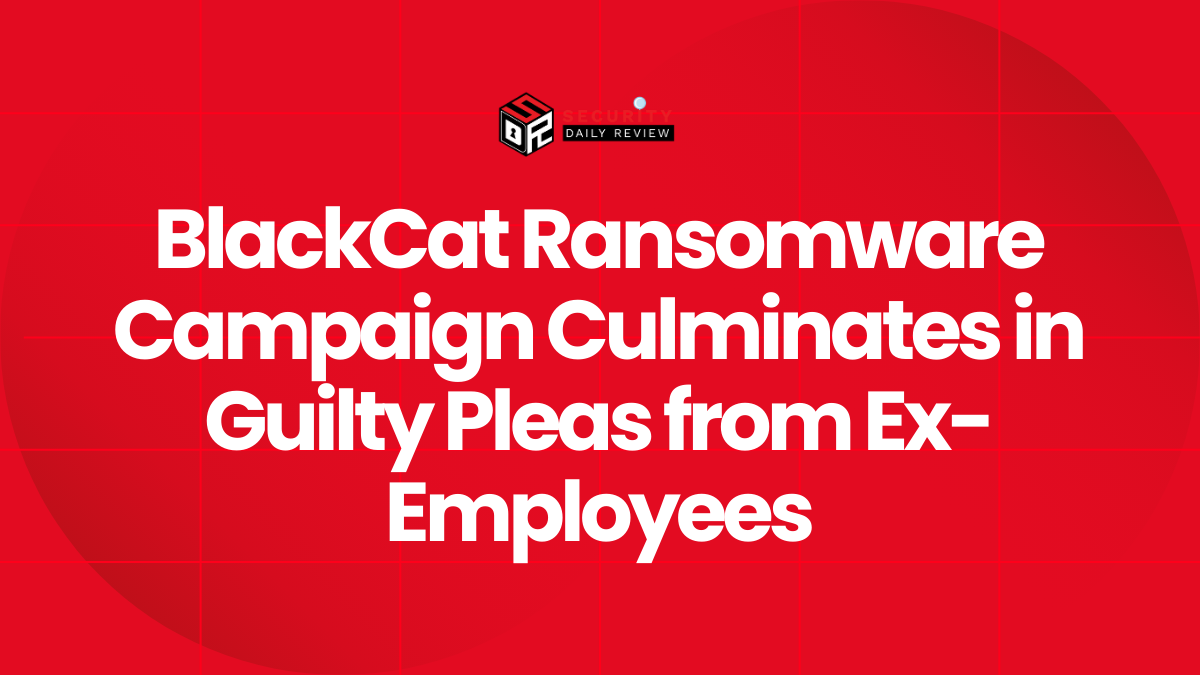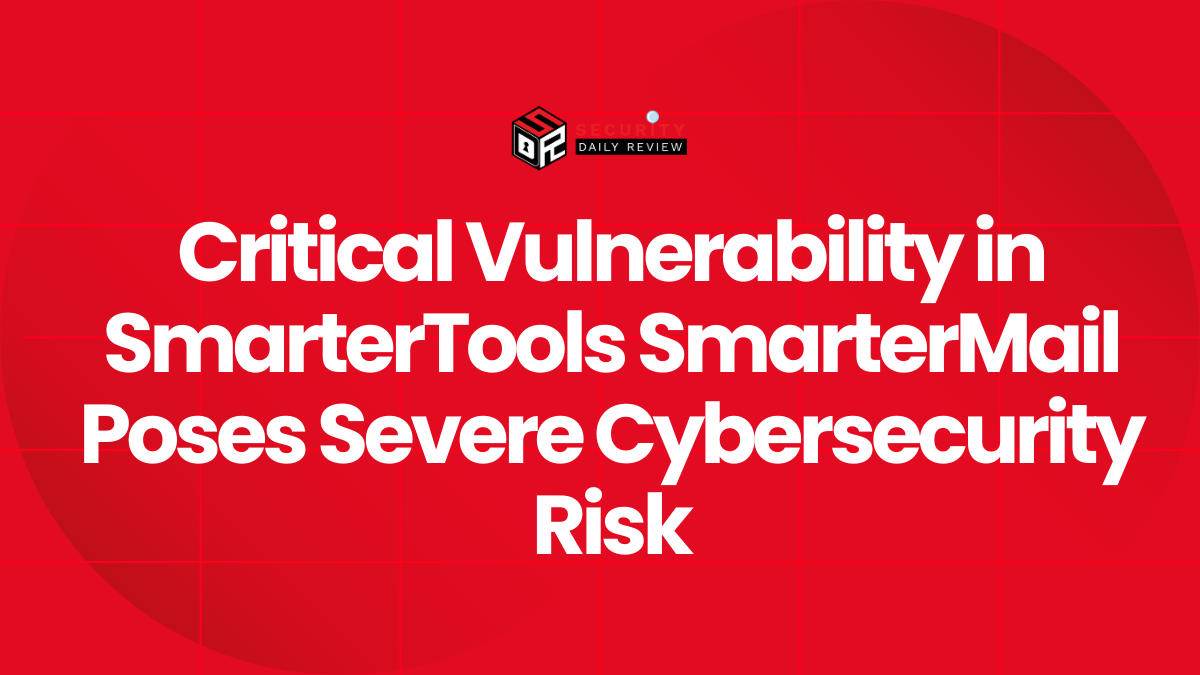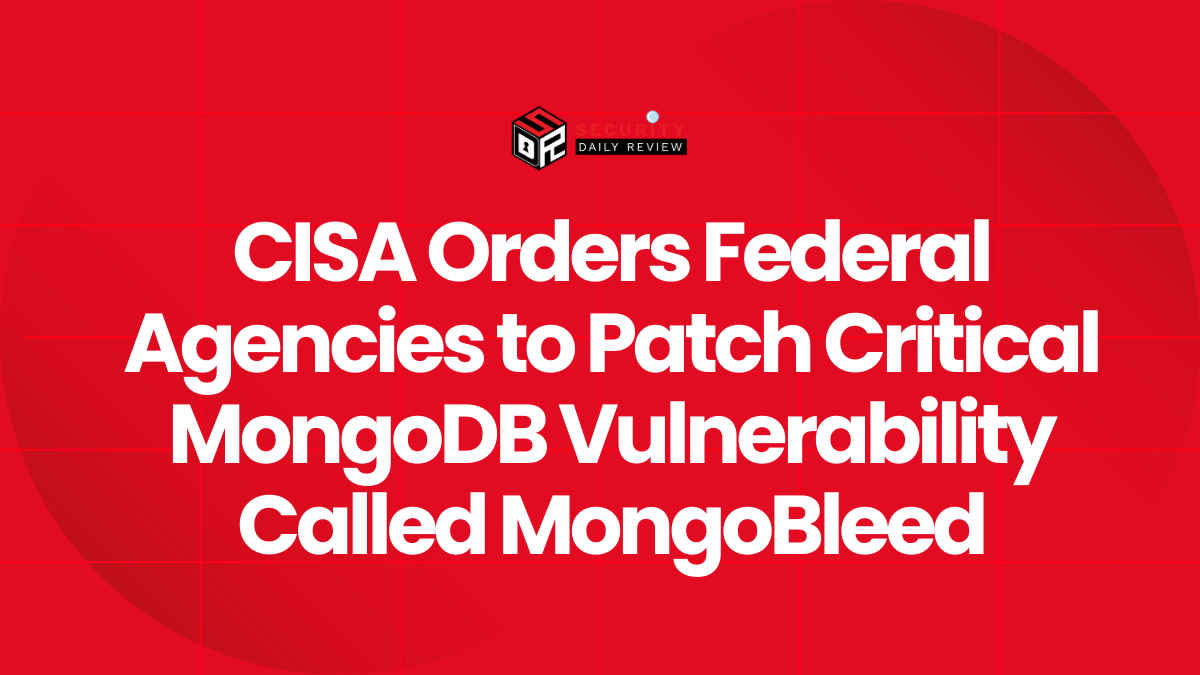The U.S. Cybersecurity and Infrastructure Security Agency (CISA) says threat actors breached an unnamed federal civilian executive branch agency after exploiting a critical GeoServer vulnerability (tracked as CVE-2024-36401) in mid-2024. The intruders used the flaw to gain remote code execution on exposed GeoServer instances, upload web shells, and then move laterally to web and SQL servers before being detected by endpoint alerts.
How the Attack Unfolded and Why It Mattered
According to CISA’s post-incident advisory, the intrusion began when attackers discovered a public-facing GeoServer using scanning tools and immediately exploited the unpatched vulnerability to achieve code execution. The agency found that attackers accessed a first GeoServer on July 11, 2024, then a second GeoServer on July 24, 2024, and used the foothold to deploy web shells (including China Chopper) and scripts that enabled persistence, remote command execution, and privilege escalation. The activity went undetected for about three weeks before an Endpoint Detection and Response (EDR) alert flagged suspicious files on an SQL server.
CVE-2024-36401 is a high-severity remote code execution bug that affects multiple GeoServer versions and arises from unsafe evaluation of XPath/property names — a logic error that attackers can weaponize through ordinary OGC requests (WFS/WMS/WPS). Vendors released patches in late June 2024, but many publicly reachable GeoServer instances remained exposed and reachable to automated scanning services. (NVD)
“The cyber threat actors identified CVE-2024-36401 in the organization’s public-facing GeoServer using Burp Suite and then uploaded web shells and scripts designed for remote access, persistence, command execution, and privilege escalation.” — CISA Advisory.
Tactics, Risks, and What Defenders Should Prioritize
CISA’s lessons learned emphasize recurring gaps the attack exploited: slow patching, insufficient EDR coverage on public-facing systems, weak logging and monitoring, and incident-response plans that didn’t rapidly onboard third-party specialists. The attackers relied on straightforward tooling and “living-off-the-land” techniques, then used brute force credential theft to move laterally — a pattern that turns an unpatched internet-facing service into a full network compromise. (CISA)
Security teams should treat this incident as a reminder that internet-accessible middleware (like GeoServer) is high risk. Practical mitigations include:
- Prioritize patching for CVE-2024-36401 and other KEV entries; the NVD and project advisories list fixed GeoServer releases.
- Ensure EDR and logging cover web and database servers — not just endpoints — and that SOCs review alerts continuously.
- Use network segmentation and least-privilege service accounts so a web-facing compromise cannot reach SQL or domain controllers.
- Hunt for web shells and anomalous scripts, and scan web logs for Burp-style collaborator callbacks and suspicious WFS/WMS/WPS request patterns.
- Replace exposed, long-lived credentials and rotate service account keys after suspected compromise. (NVD)
Why This Isn’t Just a GeoServer Problem
This incident fits a broader trend: unpatched third-party components and internet-reachable tools repeatedly serve as initial access vectors (recall supply-chain and appliance incidents such as PaperCut exploitation and the SolarWinds supply-chain compromise). Attackers often chain a simple RCE into credential theft and lateral movement that compromises critical systems — which is why CISA added CVE-2024-36401 to its Known Exploited Vulnerabilities catalog shortly after disclosure. (CISA)
Investigative Notes and Industry Context
- Attack discovery: the agency’s SOC saw EDR alerts on July 31, 2024, and isolation and CISA engagement followed. Attackers had been active roughly three weeks before detection. (CISA)
- Tools observed: web shells like China Chopper, Burp Suite scanning (Burp Collaborator callbacks), and commonly available VPS infrastructure for command-and-control. (CISA)
- Scope: while CISA named the victim only as an FCEB agency, the advisory includes TTPs and IOCs intended for all organizations running GeoServer or similar geospatial services. (CISA)
Expert Take: security researchers say this compromise highlights a predictable failure mode: rapid public disclosure of a critical RCE, followed by proof-of-concept exploits and opportunistic mass scanning — and then, for organizations that delay patching, a brief window where automated attacks can yield full network access. Platforms that publish geospatial data should treat GeoServer instances like any other public API endpoint and bring them under the same hardening and monitoring standards as web apps and databases. (Fortinet)
Action Checklist for IT and Security Teams
- Patch Immediately: Upgrade GeoServer to the patched releases listed by the project and NVD.
- Hunt for Indicators: Use the IOCs in the CISA advisory to search logs and endpoints for web shells, unusual WFS/WMS/WPS requests, and Burp Collaborator callbacks.
- Contain and Rotate: Isolate impacted hosts, rotate service credentials, revoke exposed tokens, and monitor for re-authentication attempts.
- Validate EDR Coverage: Confirm EDR sensors are deployed on web, app, and database tiers and that SOC processes escalate alerts without delay.
- Exercise IR Plans: Run tabletop and technical exercises that include third-party vendor onboarding and evidence-preservation procedures. (CISA)









